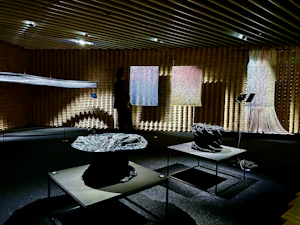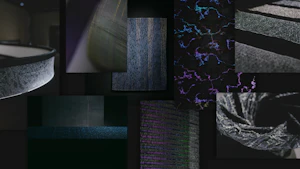
Woven Prototypes
Since 2020, ZOZO NEXT Co., Ltd, Yasuaki Kakehi Laboratory at the University of Tokyo Graduate School of Interdisciplinary Information Studies, and HOSOO Co., Ltd, have been collaborating to develop new textiles. This partnership focuses on achieving a balance between functionality and aesthetics by integrating traditional crafts, cutting-edge materials, and interaction technologies. They have endeavored to combine numerous functions and expressions that mediate between environmental information and textiles, leading to the proposal of the "Ambient Weaving" concept. This concept encompasses a textile that expresses environmental information and textiles with the environment.
"Woven Prototypes" refers to a collection of prototypes that embody the ideas emerging from the combination of traditional crafts and advanced technology, further exploring and expanding the concept of Ambient Weaving. This grouping includes "textiles integrated with new functions," "textiles being explored for combinations of expression and design," and "textiles further enhancing the technology from past works." By giving physical form to these new challenges and prompting new questions, they aim to deepen the Ambient Weaving concept itself and foster the creation of new relationships with textiles.
WP001 <Sounds>
This textile functions as a speaker by weaving a material with electrodes on both sides of a piezoelectric polymer film as a foil. Only the weft part vibrates due to the audio electric signal, thus it can generate sound in specific parts , or change the spread of sound according to its shape. In addition, since the textile allows outside noise to pass through, it can overlay the sound from the fabric with the environmental sound, achieving a new way of experiencing auditory performance.
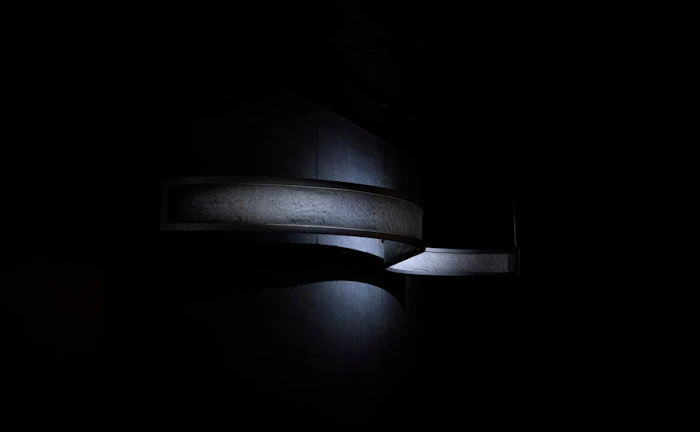

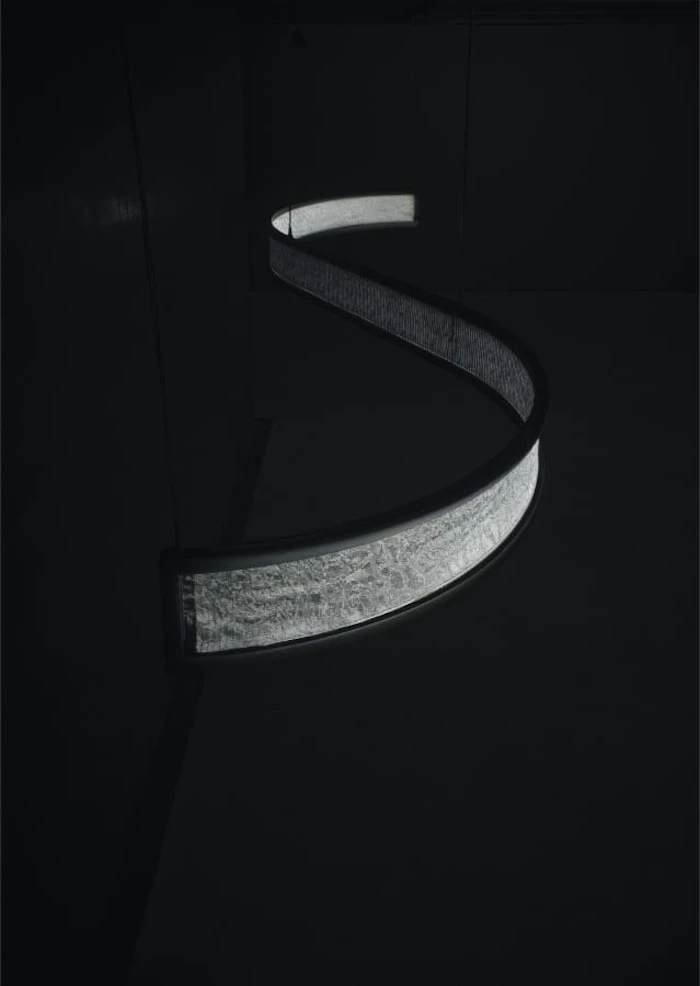
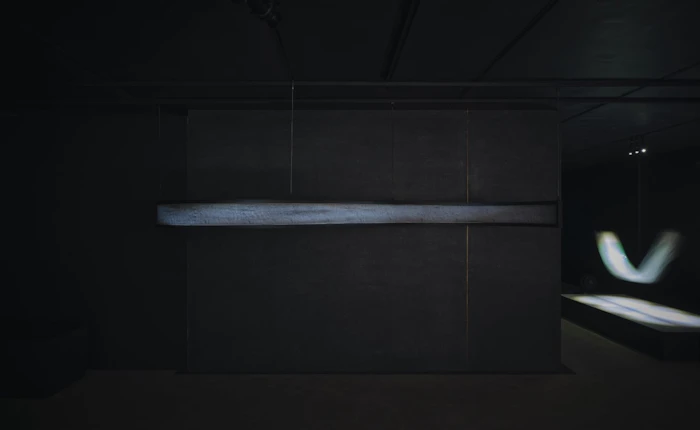
WP002 <Optical Unveil>
The appearance of this textile changes depending on the incident light and the position of the observer. It is woven with unique foils that include retroreflective beads and a thin film interference layer, displaying an interference color corresponding to the optical path length depending on the angle of the incident light. Through the three-dimensional structure of Nishijin weaving, the same foil thread can yield diverse colors, allowing the observer to appreciate changes in appearance based on relative positioning. This prototype's technique can also be scaled up using mass production looms.
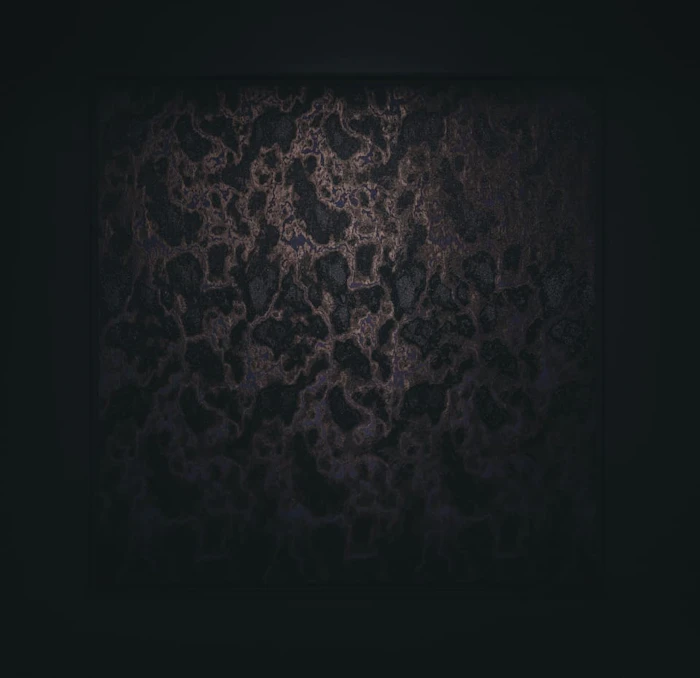


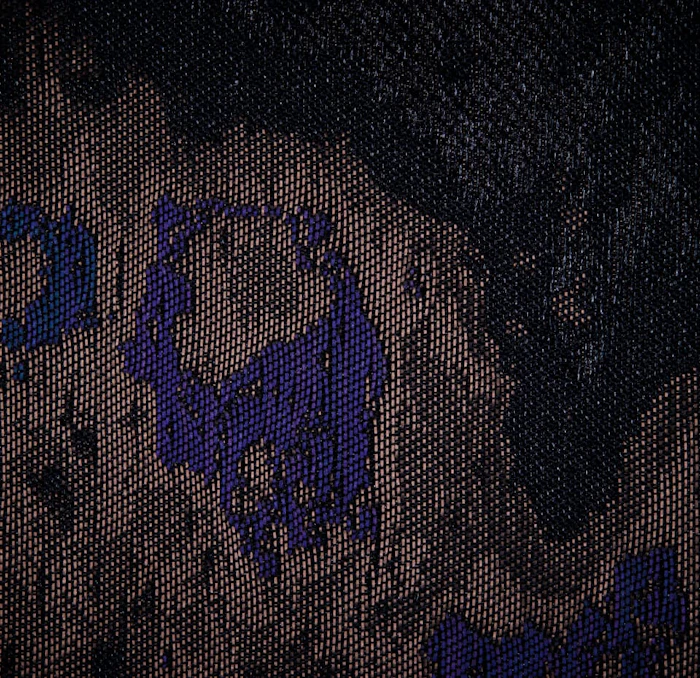
WP003 <Layers>
This is an installation which consists of two layers of textile that emit color as light passes through them. It is woven with foils made from a polarizing plate and OPP tape. When light passes through the overlapping textile, polarized color appears due to the interference caused by the birefringence of light. Despite using the same materials, multiple colors can be expressed by adjusting the orientation of the polarizing plates and the thickness of the tape, while arranging the order of the foils generates various color patterns. The appearance dynamically shifts according to the viewing position.




WP004 <Pillars>
This woven textile can be transformed from a single roll of cloth into a three-dimensional shape. Two types of resilient carbon bars of different lengths are woven into parts of the weft threads. The textile can be transformed into a three-dimensional structure by connecting the ends of the bars with snap buttons. The shape is designed through simulation, and multiple different forms can be constructed from the same textile by changing the order and position of the connecting points. The three structures exhibited have been shaped from the same textile design to represent the image of a bud, semi-bloom, and fully blossomed flower.




WP006 <Iridescence>
This textile exhibits different appearances between its surface and shadow, achieved by overlaying a unique foil material. The surface of the film, utilized as a weft thread, is imprinted with a pattern with controlled microstructures, thus reflecting specific wavelengths and producing a metallic sheen. By weaving multiple layers of this film in a specific order, the light transmitted through the textile and the light reflected from the back of the film overlap, not only causing changes in color but also revealing a moiré pattern due to the periodic shift of the print pattern.

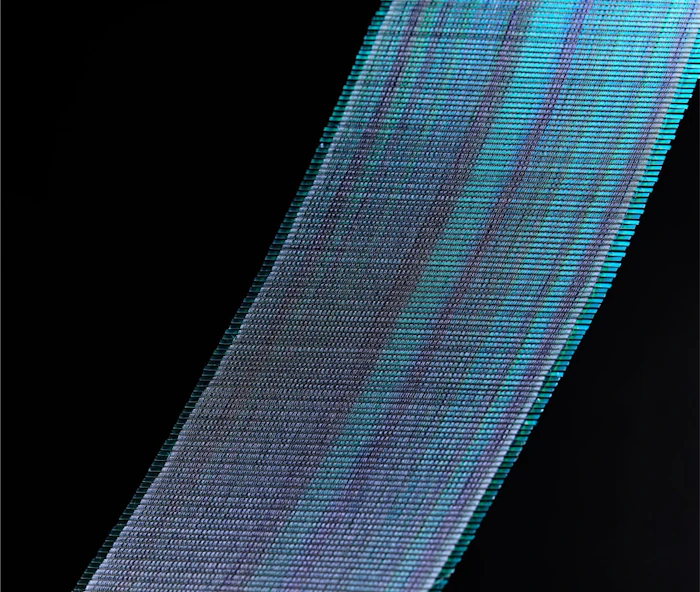


WP007 <Pixels>
This textile has the ability to emit light in a dot matrix pattern. When an electric current is passed through the foil, the organic light-emitting diode (OLED) foil woven into the weft threads illuminates. The foil and the conductive thread of the warp form a matrix circuit. The foil is arranged on the back, not disrupting the Nishijin weaving design when it is not emitting light. It is possible to have a scalable design according to the flexibility and weaving length.




Project Reports

